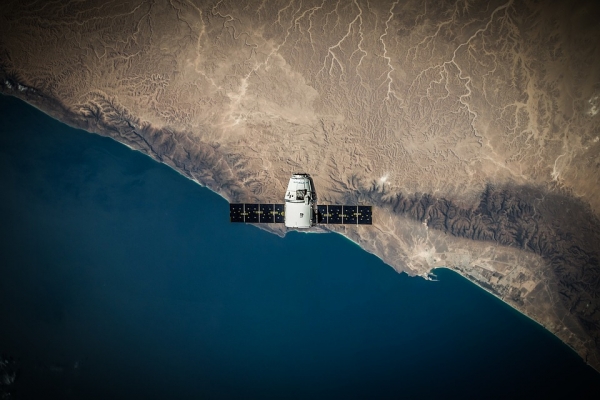Satellites face greater chances of collision with space debris as a result of reduced density in the upper atmosphere.
Increasing levels of CO2 in the Earth’s atmosphere will result in a long-term decline in air density at high altitudes, according to new research from British Antarctic Survey. Such decreased density will reduce drag on objects orbiting in the upper atmosphere, between 90 and 500 km altitude, extending the lifetime of space debris and elevating the risk of collisions between debris and satellites.
As society becomes ever more dependent on satellites for navigation systems, mobile communications and monitoring Earth, collisions could cause major problems if satellites, that cost billions of dollars, are damaged.
The study, published in the journal Geophysical Research Letters last month (September), presents the first realistic projection of climate change in the upper atmosphere for the next 50 years. Though many studies have investigated the changes that will take place in the lower and middle atmosphere, research into higher altitude scenarios is much more limited.
Read more at British Antarctic Survey
Photo Credit: StockSnap via Pixabay


